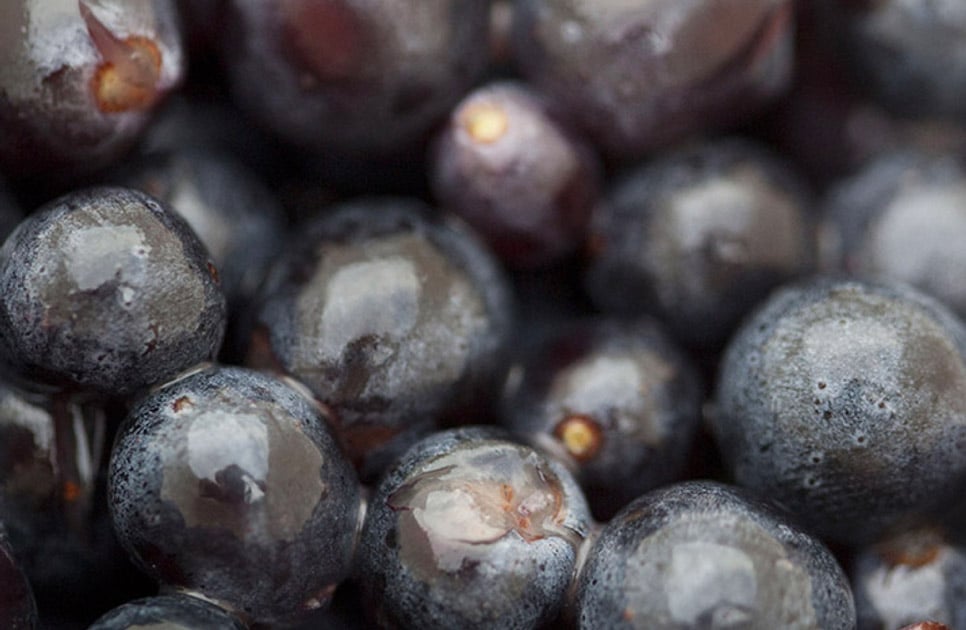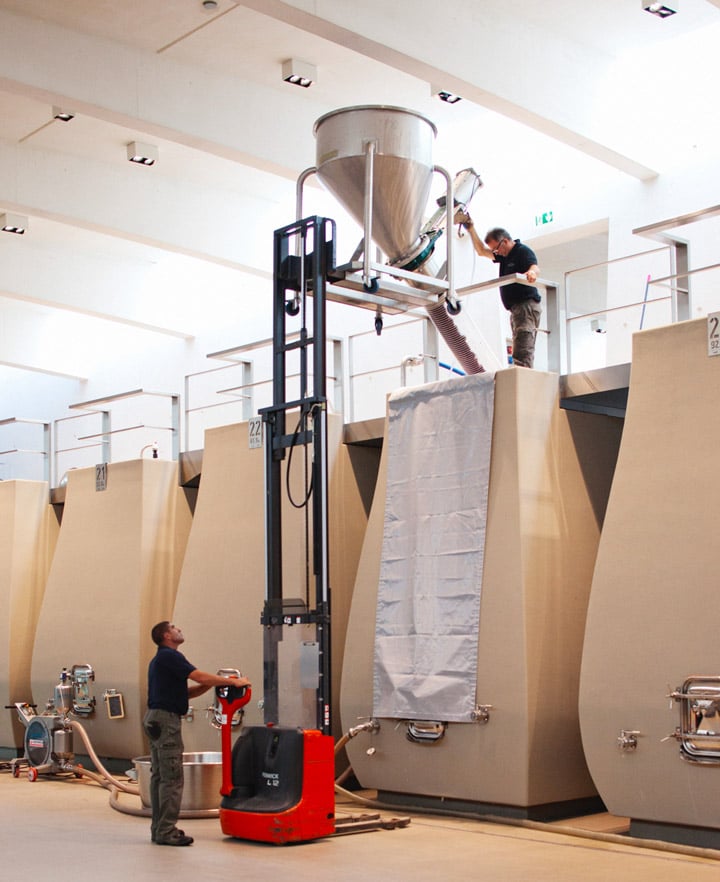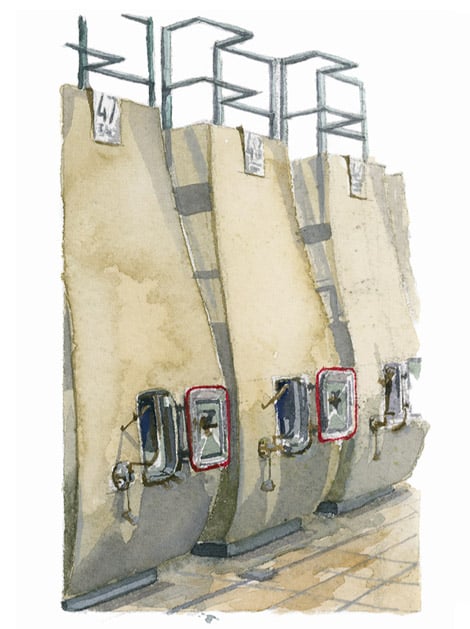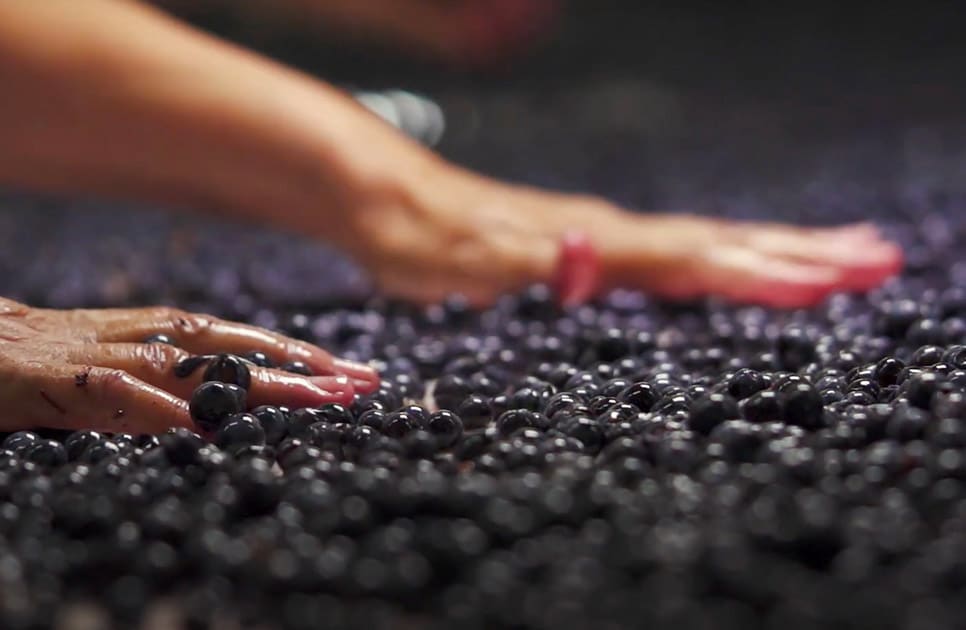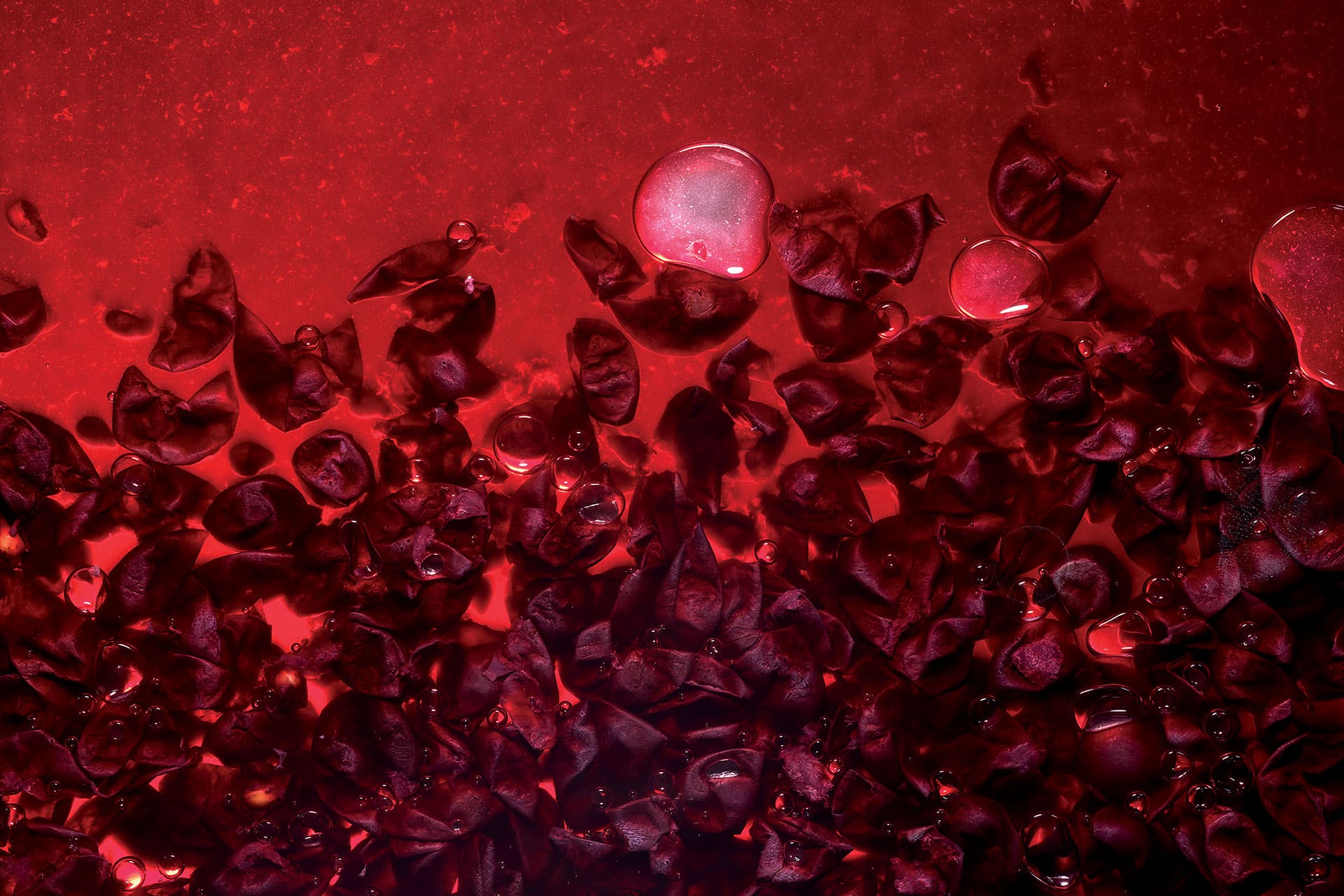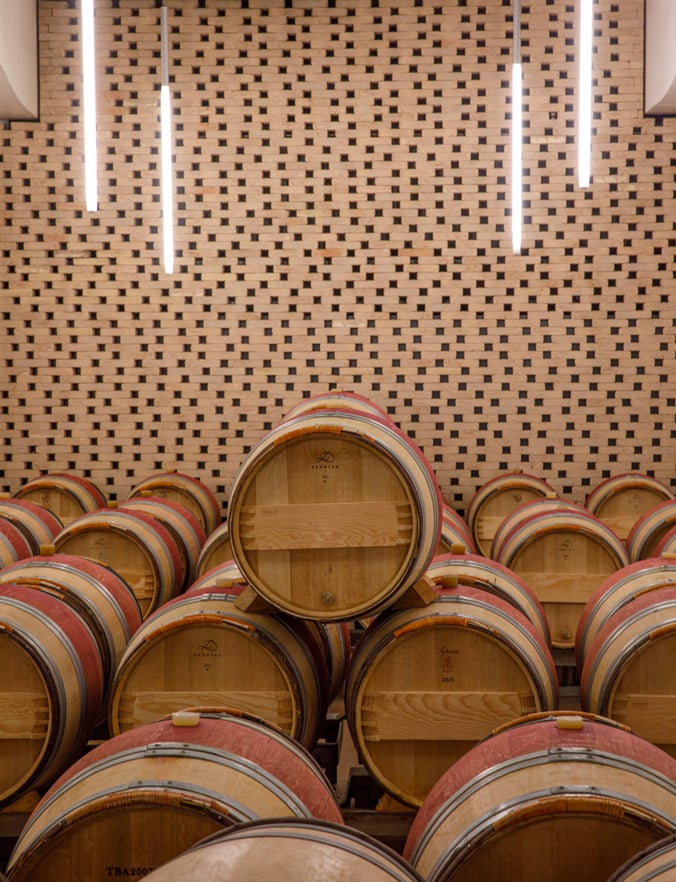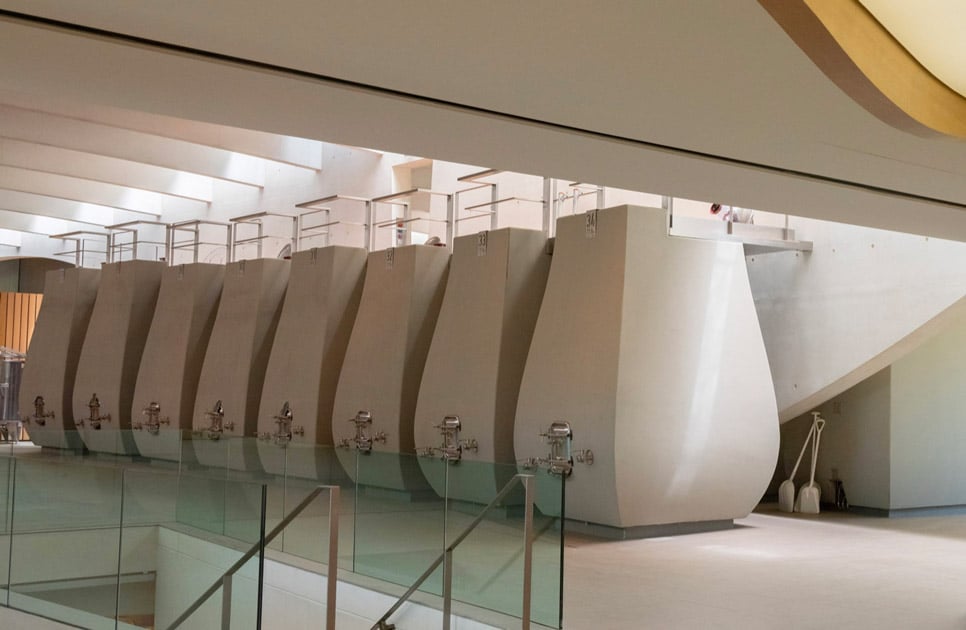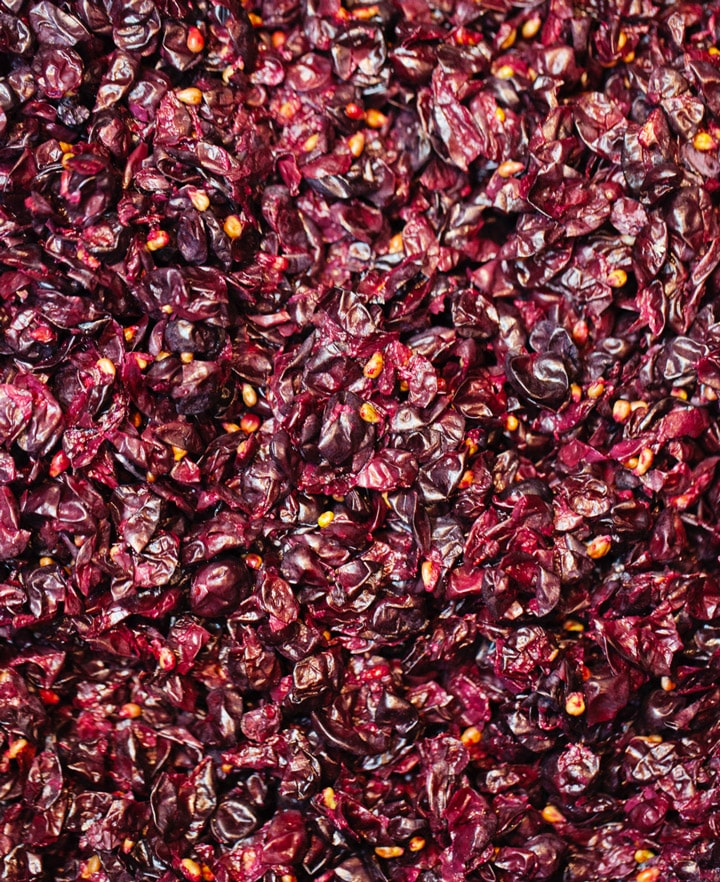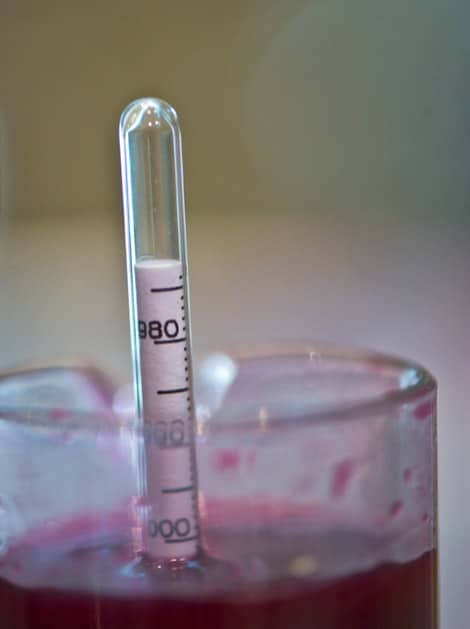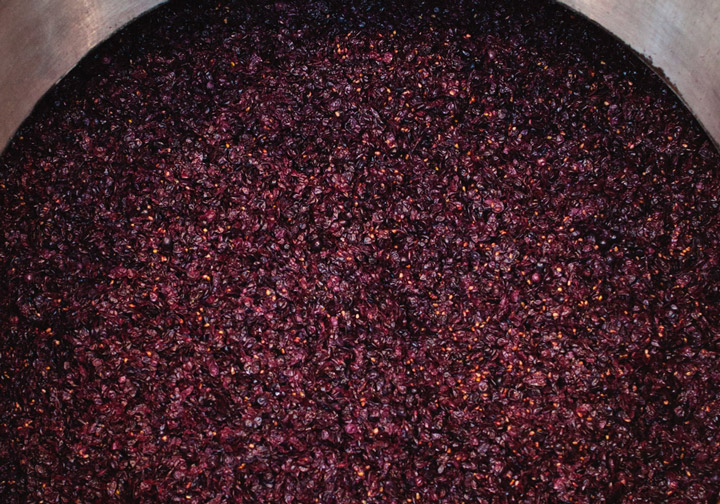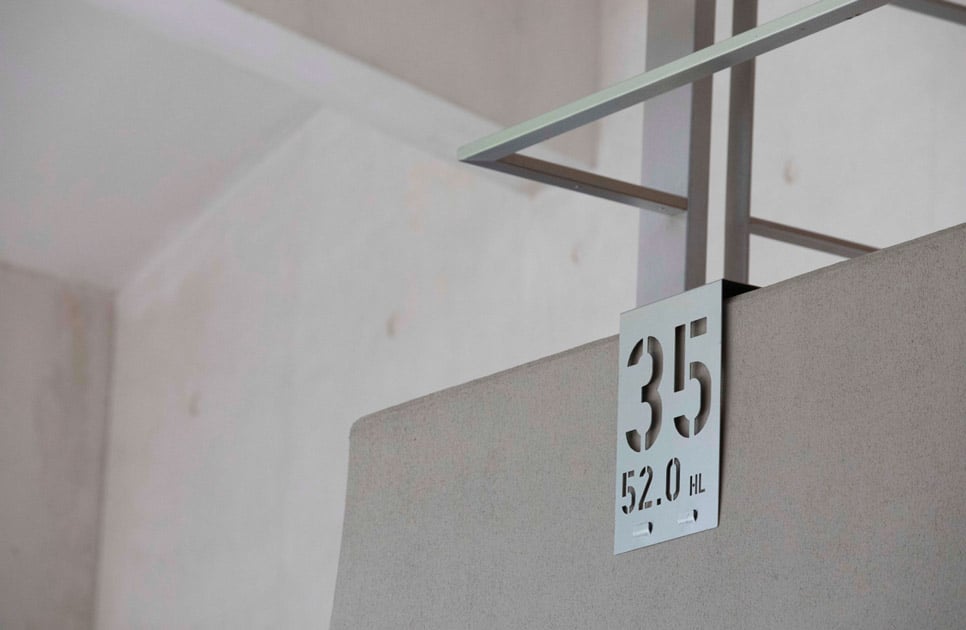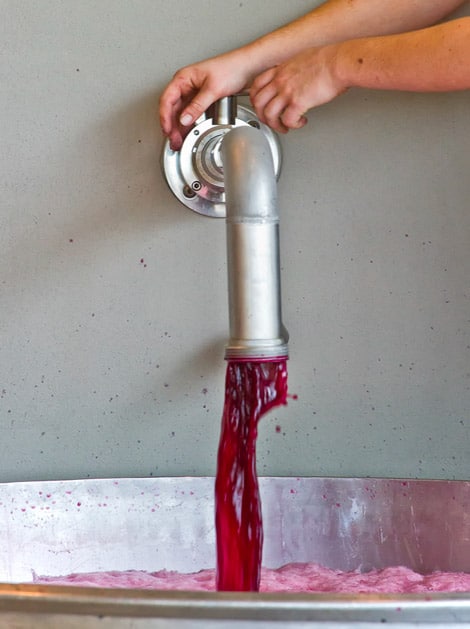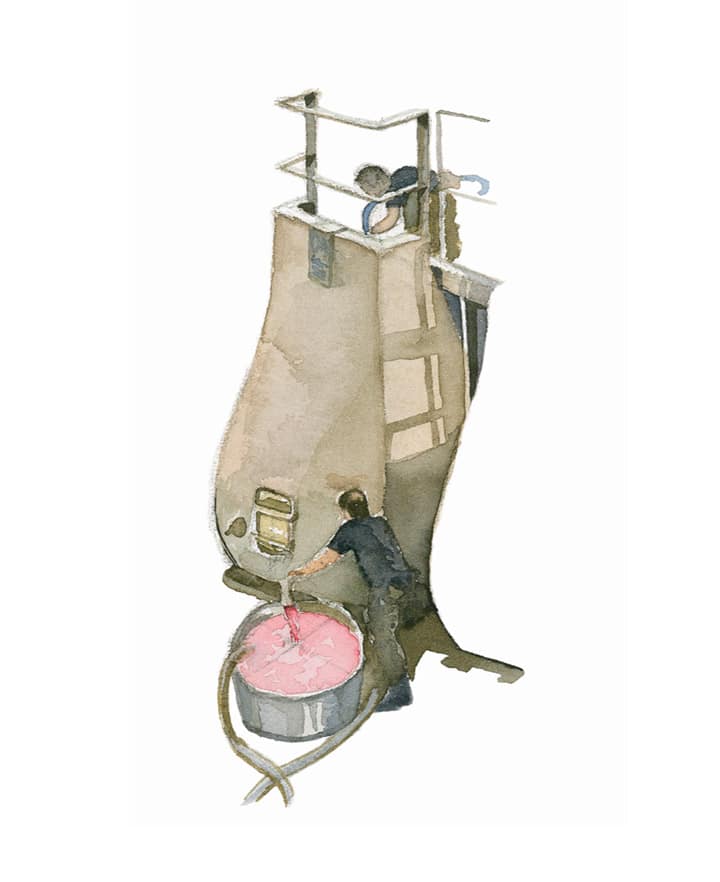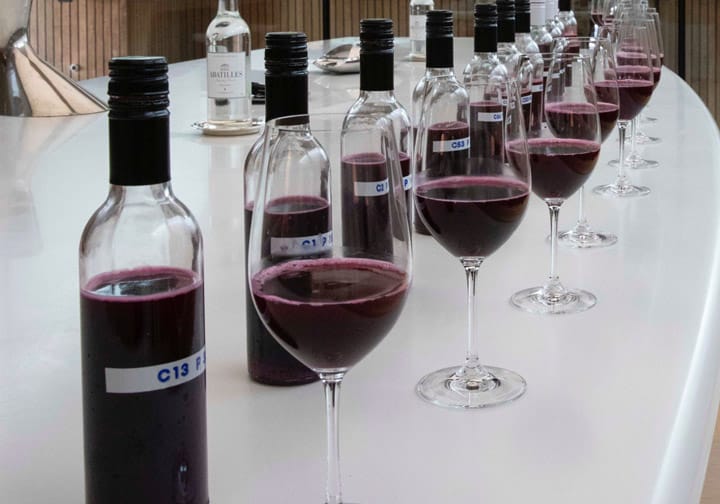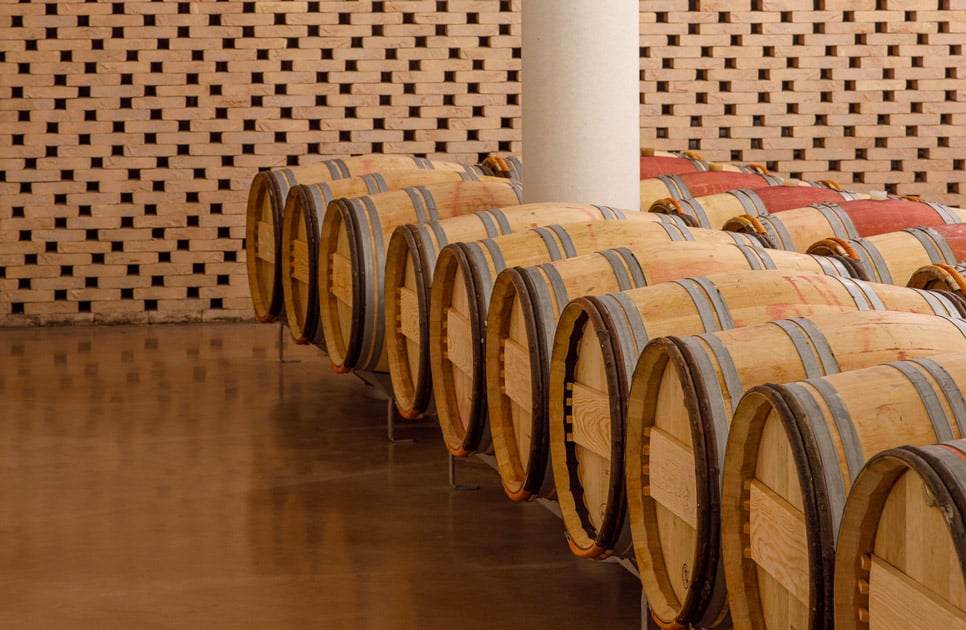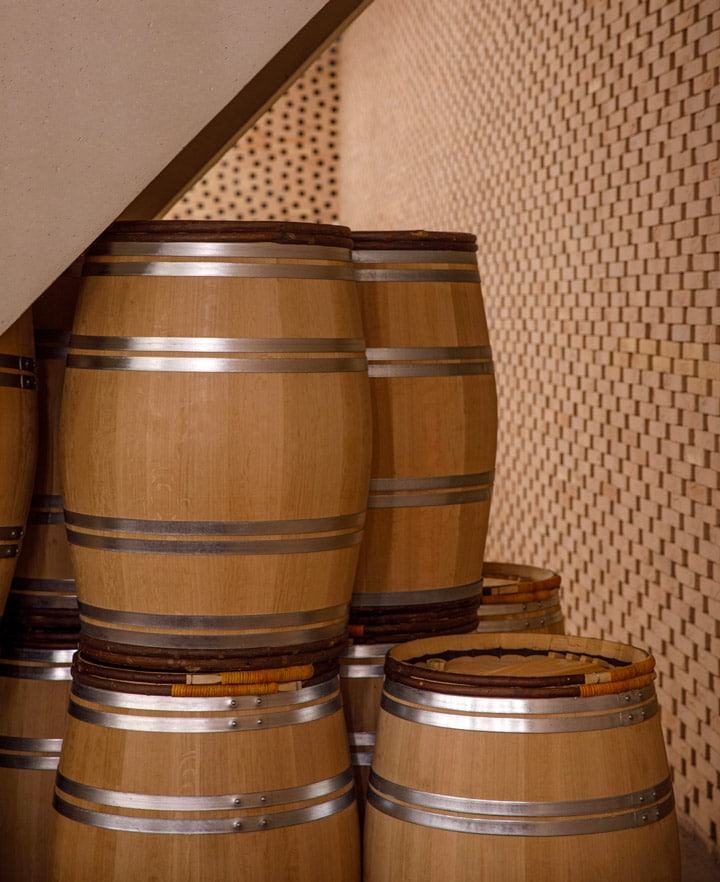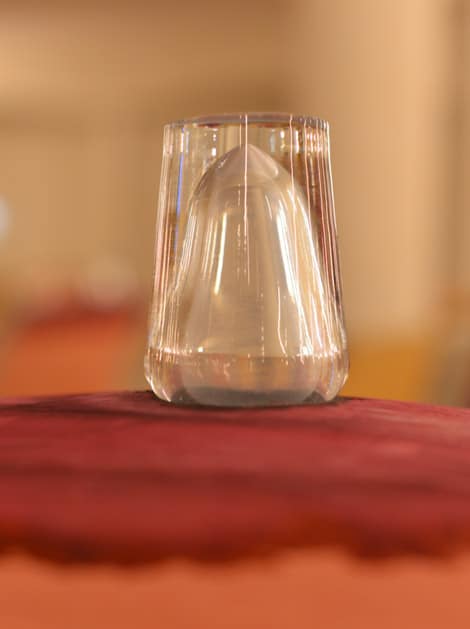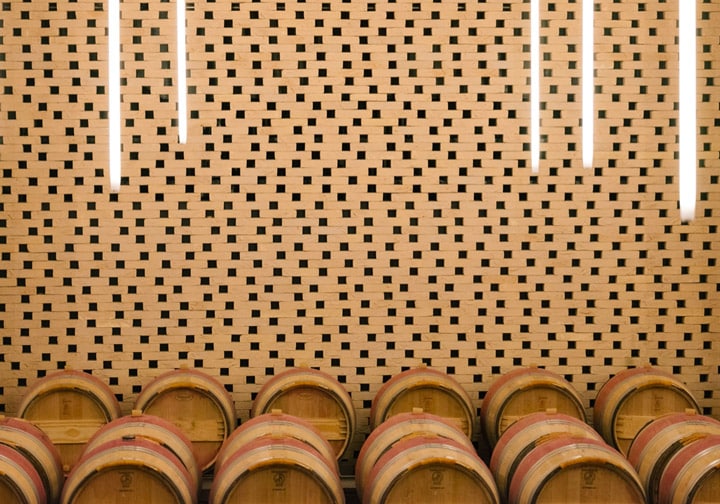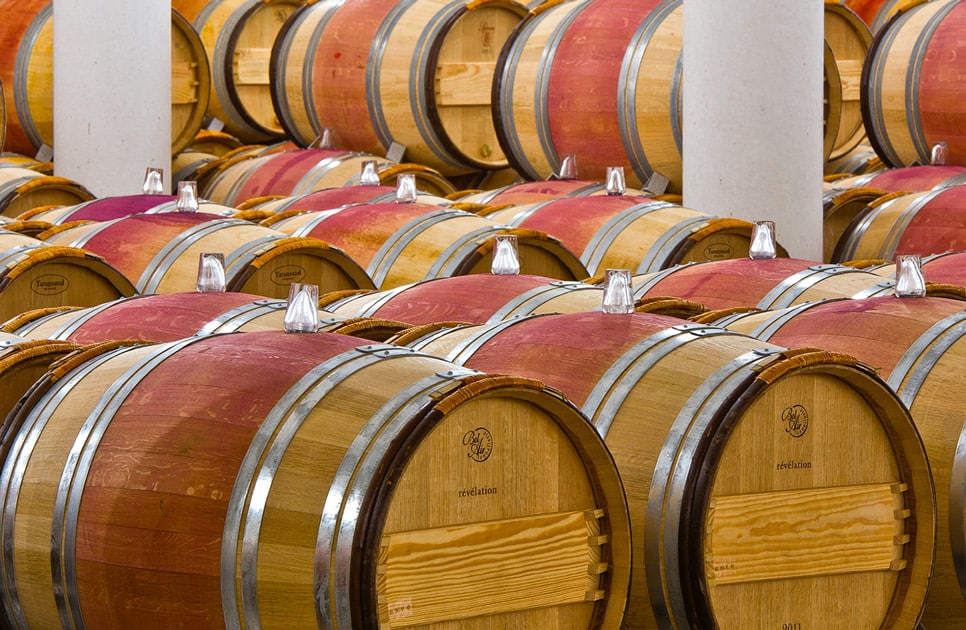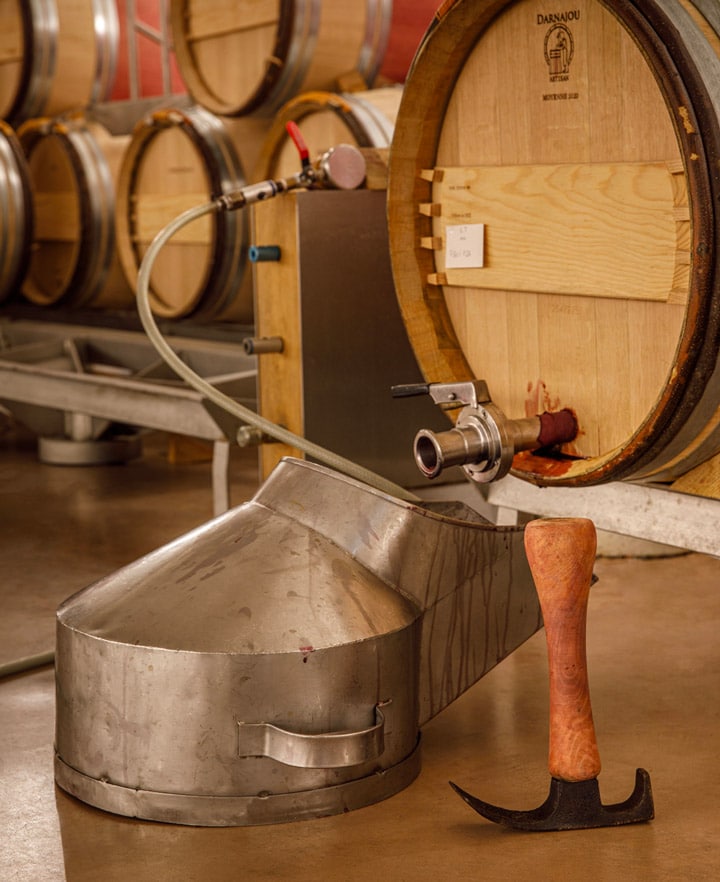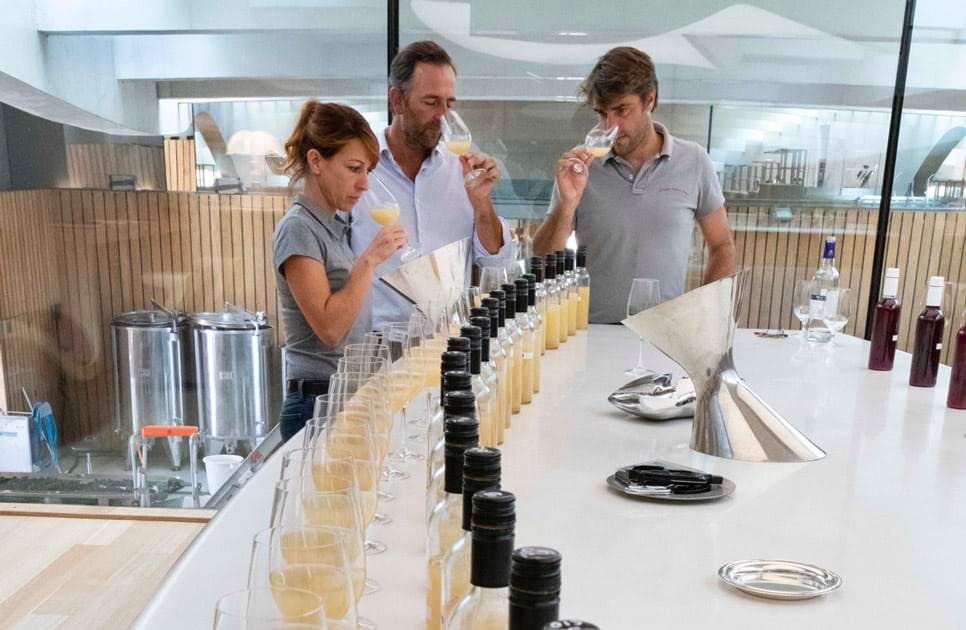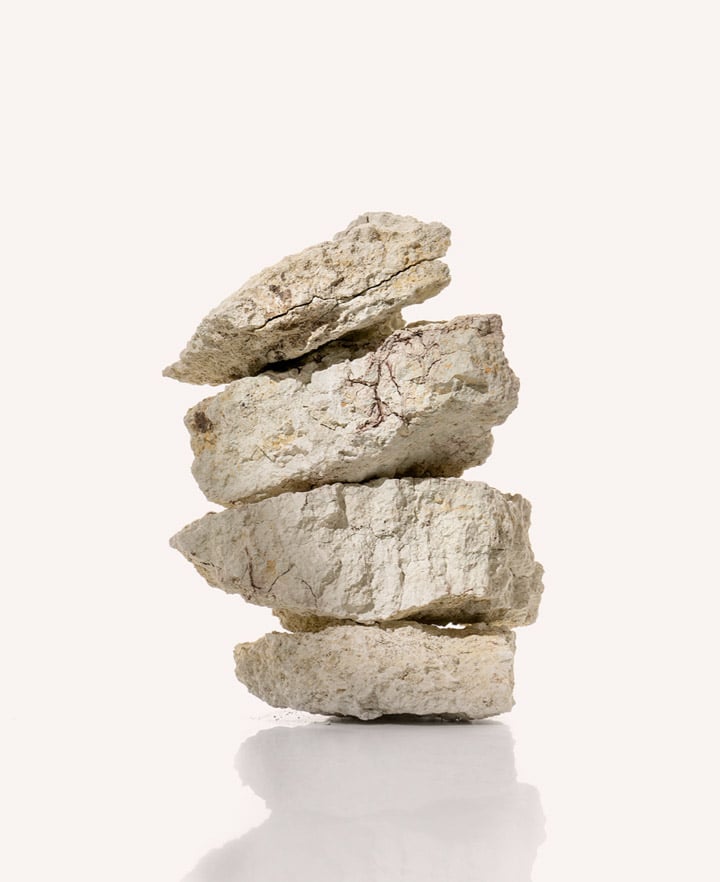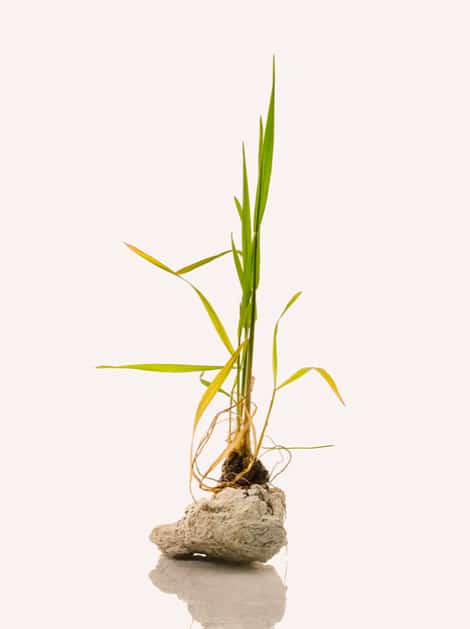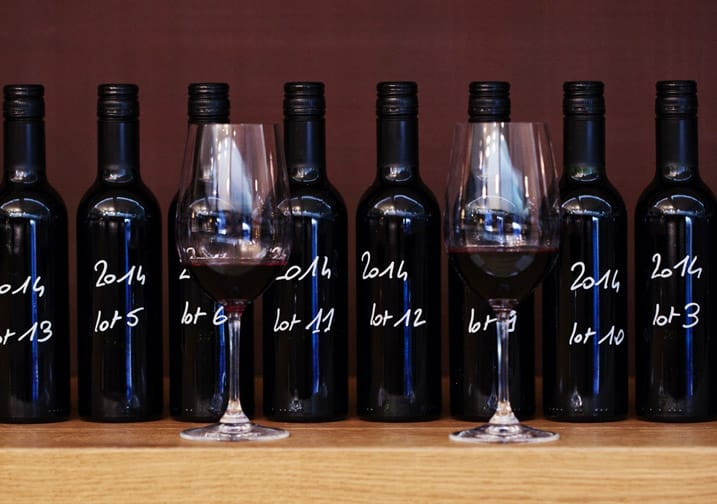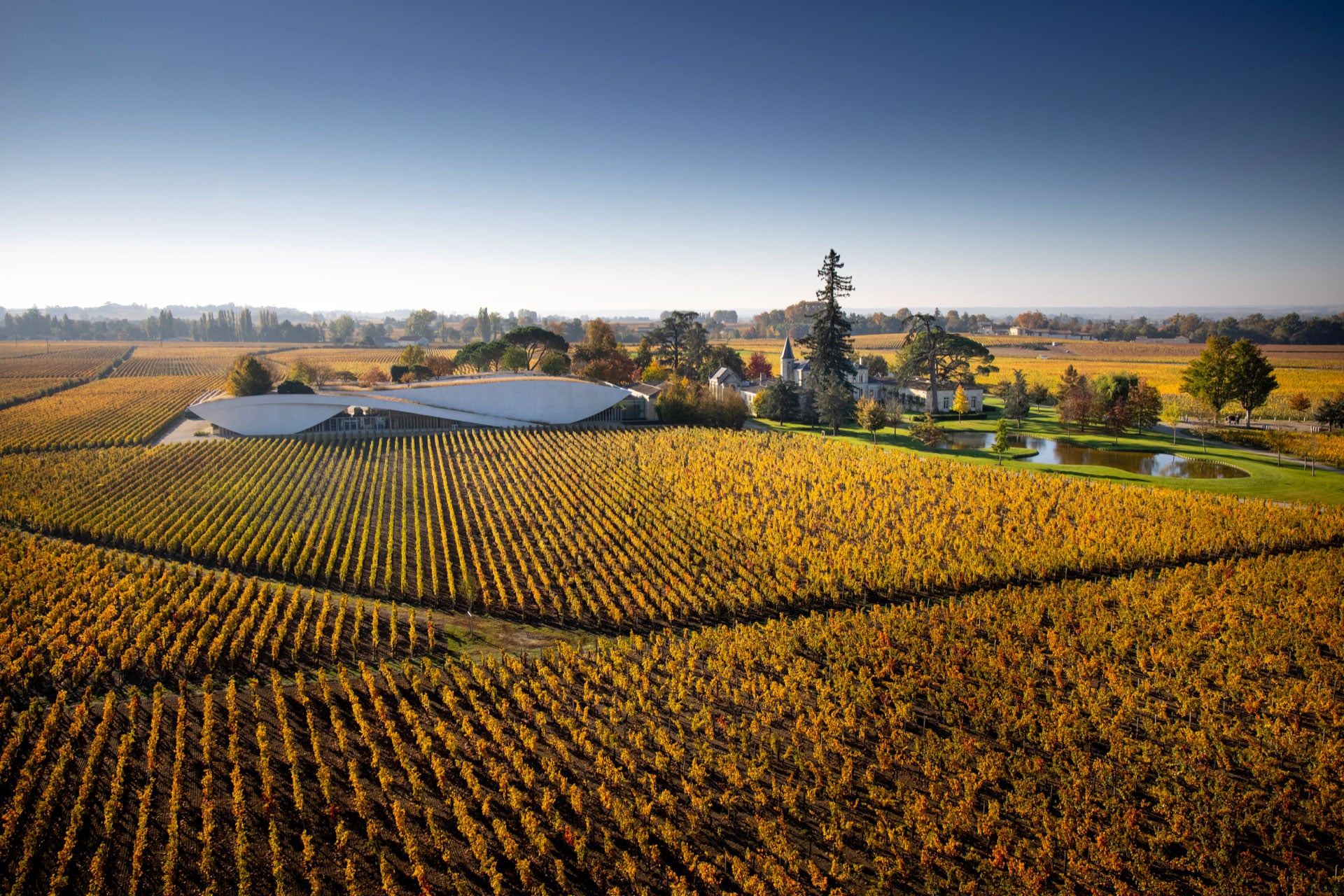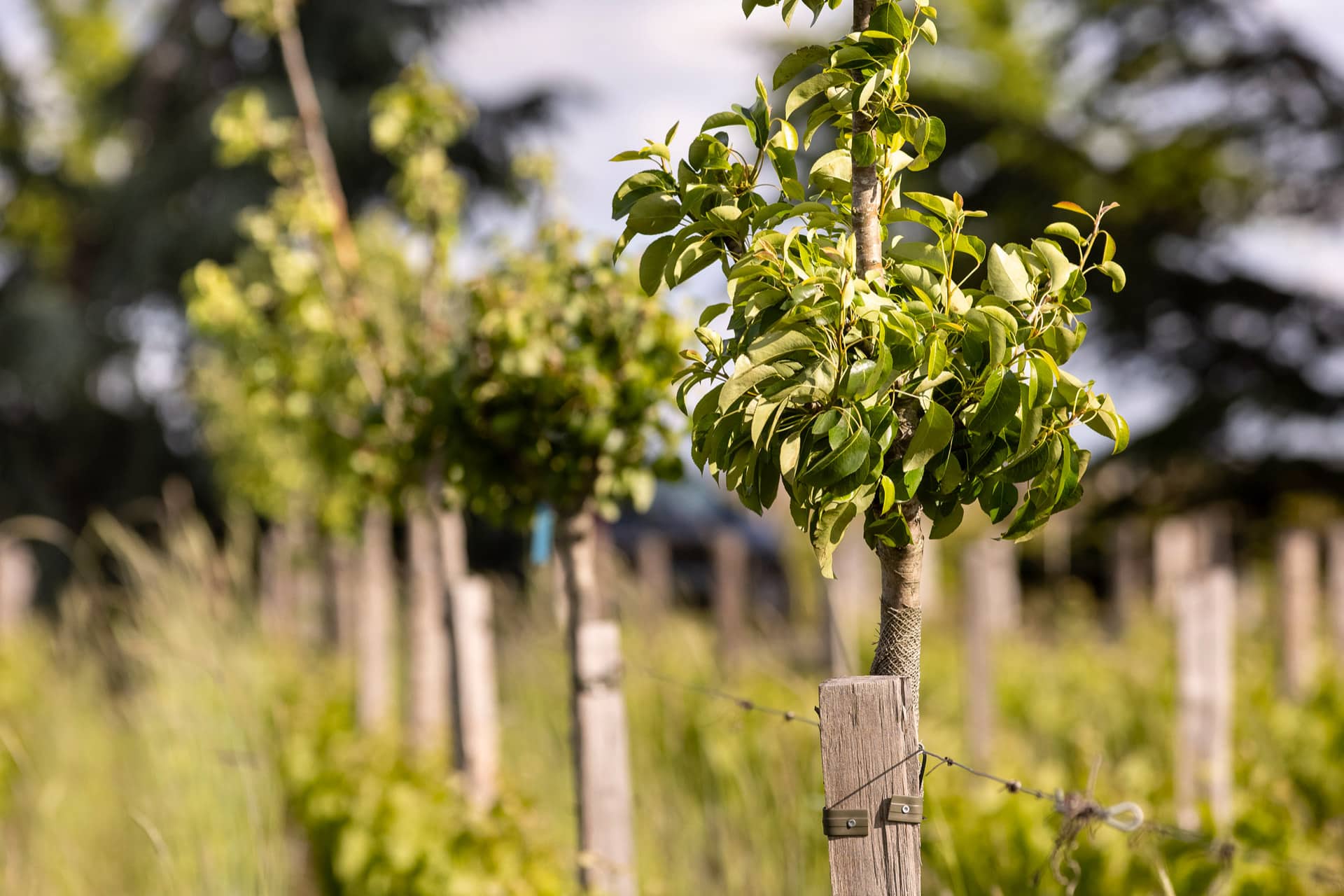Blending is much more than a simple step in the long process leading to the birth of a vintage. For the technical team at the château, this is when a new page is written in the story of Cheval Blanc. The objective isn’t to reproduce the same wine each year, but to create the most wonderful Cheval Blanc respecting both the unique personality of the vintage as well as the Cheval Blanc style: freshness, elegance, finesse, length, balance. The team must bring to the fore the qualities of the year’s harvest to produce the best and the most appropriate blend possible. In this way, each vintage is an incarnation of a fresh interpretation of the terroir.
During the blending process, the team tastes the wines from each barrel, the personality of each plot expressed within. At this moment, all the complexity of Cheval Blanc’s terroir reveals itself as does the perfect harmony between Cabernet Franc and Merlot.
Each year, between fifteen and forty-five plots, maybe more, will be part of the final wine. Each plot is selected or put aside in its entirety. The choice of the plots which make up each vintage’s wine is made entirely and only through the meticulous tasting process. In the same way, the proportion of Cabernet Franc and Merlot isn’t prescriptive. There are no guidelines in terms of production: excellence is the be all and end all. A true work of art, blending in the life of the château is a particularly heavy and intense period with moments of inspiration and concentration as well as doubt and uncertainty.
After a short period of alchemy when the selected plots come together in stainless steel vats, the blended wine returns to the barrel room. It will rest there for a year in the semi-darkness ventilated by the moucharaby, a lattice screen which allows natural ventilation.
